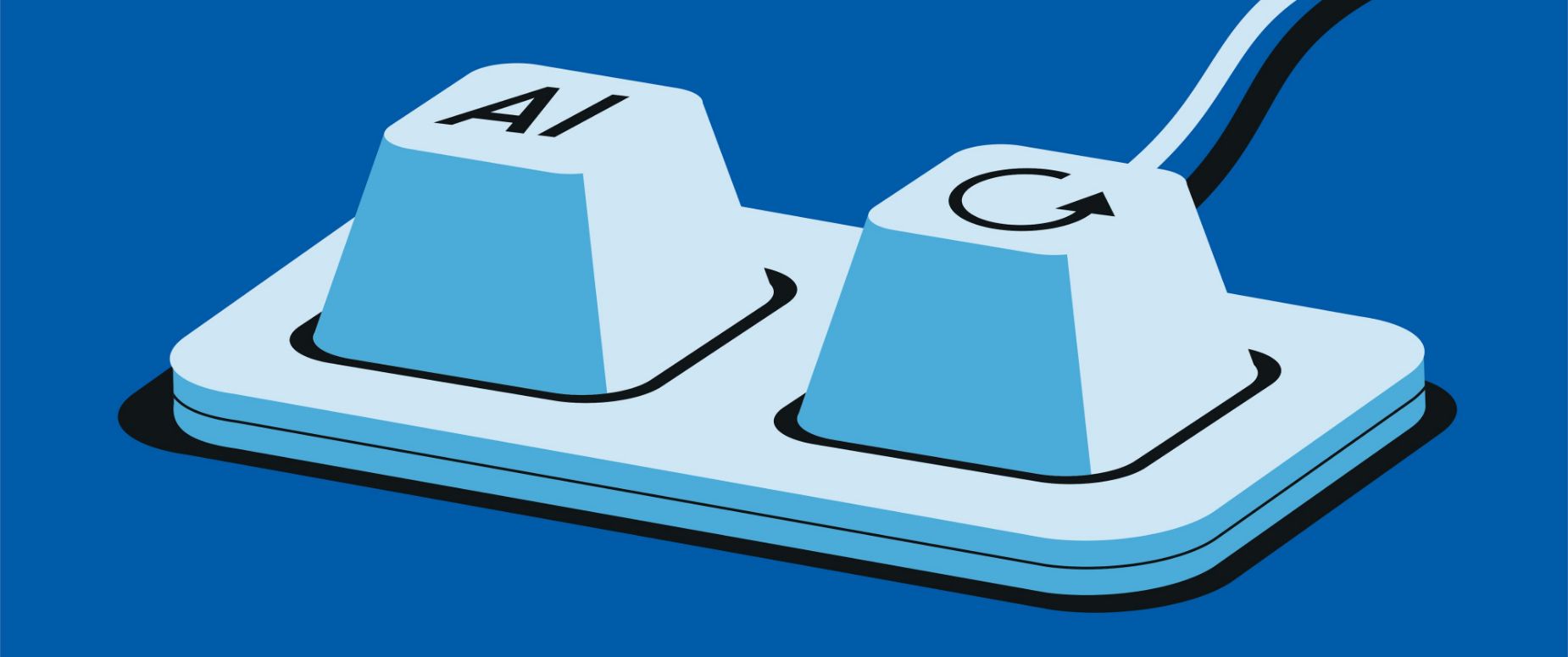May 23, 2025 | Sara Maginn Pacella |
Artificial intelligence (AI) is changing how we work, including how we recruit, hire and train new staff. Human resource (HR) automation provides innovative ways to streamline HR processes and is evolving rapidly to meet business needs.
An HR sentiment survey by Eightfold AI revealed that HR leadership believes that AI and HR Automation could profoundly impact recruitment and talent acquisition, as well as employee onboarding and training. Nearly 70 percent of survey respondents are optimistic about AI in HR and see exciting opportunities surrounding AI’s impact on their processes, with 40 percent are already using AI technology.
The future of AI in workforce automation has begun, and leaders are harnessing the power of AI tools for HR to focus on the most important aspects of their jobs: the people.
HCM Podcast
Produced with Google Notebook LM Using AI Narration
How can AI-driven recruitment tools save my department time and money?
Recruiting, interviewing and hiring staff are time-consuming and costly endeavours. ADP Canada reports that it costs an average of $4,129 and takes an average of 42 days to fill an open position (a time and expense that increases exponentially based on the length of the search, type of role and overall salary range) and costs roughly $1,000 for employee training.
AI-driven recruitment tools allow human capital management (HCM) professionals to focus on truly getting to know shortlisted candidates and determining whether they will be the right fit by shouldering some of the administrative burden. AI-driven recruitment tools can be implemented in the hiring process through the use of:
Applicant tracking systems (ATS)
- These systems have many capabilities, including interview scheduling, answering candidates’ frequently asked questions and informing applicants about the status of their application and next steps.
Automated messaging programs
- Customized AI templates can ensure that applicants are promptly informed of the next steps for the process, as well as provide thoughtful and personalized letters to applicants who do not make it to the next stage of the hiring process.
High-volume recruitment screening
- AI can be used to shortlist and eliminate applications to get HR team members’ eyes on shortlisted applicants with the skills required to be interviewed.
” Artificial intelligence (AI) is changing how we work, including how we recruit, hire and train new staff ”
How can AI and HR automation make employee onboarding more efficient?
AI is most effective when it is used as a deliberate tool to enhance the human aspects of HCM rather than replace them. Jenni Short, the financial institution’s chief people officer at Texans Credit Union, told Business Insider that automation allows people to more easily acclimatize to the administrative aspects required in any job and “focus on learning as opposed to trying to figure out how to log in.” Once an employee has been hired, AI can help both the HR administration and the new employee begin tracking the progress of their onboarding.
AI can automate and streamline onboarding by:
- Generating customized welcome messages for new employees from leadership at all levels of the organization (personalized videos from C-Suite leaders)
- Ensuring consistency and on-brand messaging in onboarding experiences for all new staff
- Providing new hires with access to software
- Creating realistic training simulations
- Screening employee paperwork for accuracy and completion, as well as prompting employees to add key optional information (like creating a professional profile) that will allow coworkers to become better acquainted with them
- Using chatbots to engage in frequently asked questions to free up time to deliver in-person training on core proficiencies related to success in the job
Multiple language services
International organizations may need to communicate consistent policies and other HR communication in several languages. AI automation can allow for cost-effective translation of HR processes, employee handbooks and other essential cross-company communications, saving budgetary funds. It should be noted that someone fluent in the language of translated documents should review and proofread them to ensure they are accurate and meet company standards.
How do we balance automation and the human touch in hiring?
One limitation of AI application screening is that the AI program may learn any previous or existing bias, causing biased shortlisting to continue and potentially missing out on some outstanding applicants.
While HR can benefit from using AI-powered recruitment tools, it is essential to remember that the human element in the selection and training process is crucial to the success of any organization. Logan Bragg, Chief Talent Officer at Triumph Services, strongly believes in AI and its potential to enhance the recruitment industry. In fact, he advises those worried about AI replacing the jobs of HR professionals to rest assured that AI will not be able to replace the human touch, complex decision-making, ethical consideration or fairness. Bragg says, “Building relationships, understanding emotions and offering empathy are crucial aspects of recruiting that AI simply can’t replicate.”
“AI-powered HR automation: Streamlining recruitment, onboarding and employee management” ?

Sign Up Today! HCM DIALOGUE is more than just a news source – it’s a place for Finance, HR and Payroll professionals to come together and share their expertise.




Leave a Reply
You must be logged in to post a comment.